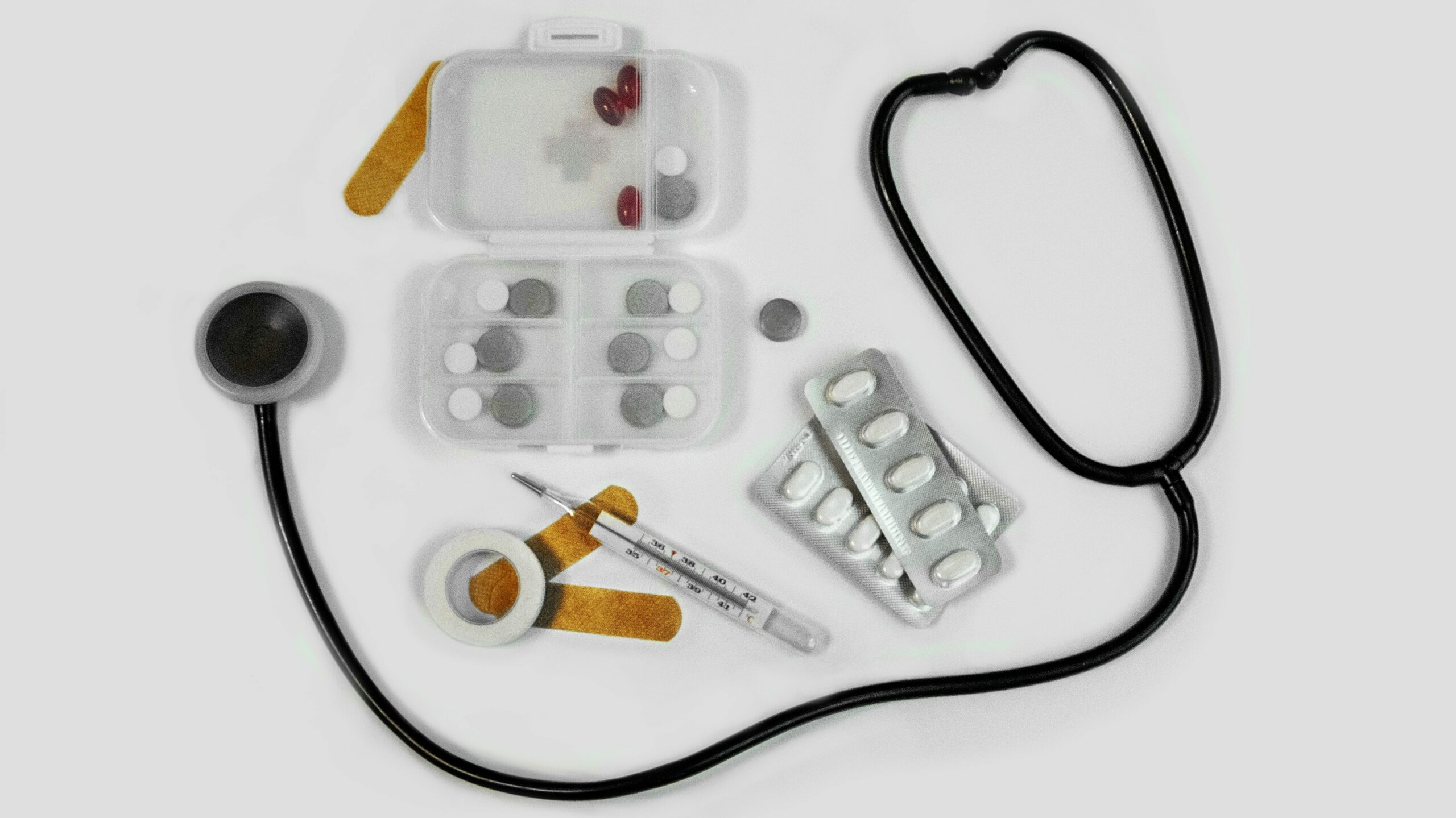In medical terms, TDS stands for “three times a day.” It is a Latin abbreviation used to indicate the frequency or dosing schedule for medication or medical treatments. In this context, TDS is used to specify that a medication or treatment should be taken or administered three times a day, at regular intervals.

Dosage and frequency of medications are critical factors in medical treatment plans. Physicians and other healthcare providers carefully prescribe medications with specific dosages and frequencies to ensure the most effective and safe treatment for their patients. TDS is one of the common frequency abbreviations used in medical practice to specify the timing of medication administration.
When a medication is prescribed with TDS, it typically means that it should be taken three times a day, at evenly spaced intervals. The exact timing may vary depending on the specific medication, the condition being treated, and the patient’s individual needs. For example, a medication prescribed as TDS may be taken in the morning, afternoon, and evening, with roughly eight-hour intervals between doses. However, it’s essential to follow the specific instructions provided by the prescribing healthcare provider, as some medications may have different dosing intervals or requirements.
It’s crucial to adhere to the prescribed dosing frequency, as it directly affects the effectiveness and safety of the medication. Taking medications as directed by the healthcare provider is essential for achieving the desired therapeutic outcomes and avoiding potential complications. Skipping doses, taking doses too close together, or taking doses too far apart can impact the medication’s efficacy and increase the risk of adverse effects or treatment failure.
In addition to TDS, there are other frequency abbreviations used in medical practice to specify medication dosing schedules. Some other common frequency abbreviations include:
- BD or BID: “twice a day” – This abbreviation stands for “bis in die” in Latin, which means “twice in a day.” Medications prescribed as BD or BID are typically taken two times a day, with roughly 12-hour intervals between doses.
- TID: “three times a day” – This abbreviation stands for “ter in die” in Latin, which means “three times in a day.” Medications prescribed as TID are typically taken three times a day, with roughly 8-hour intervals between doses.
- QID: “four times a day” – This abbreviation stands for “quater in die” in Latin, which means “four times in a day.” Medications prescribed as QID are typically taken four times a day, with roughly 6-hour intervals between doses.
- PRN: “as needed” – This abbreviation stands for “pro re nata” in Latin, which means “as the thing is needed.” Medications prescribed as PRN are taken as needed, based on the patient’s symptoms or condition, and may not have a specific dosing schedule.
It’s essential to understand the specific dosing frequency of a medication as prescribed by the healthcare provider and follow it diligently. If there are any questions or concerns about the dosing frequency or timing of a medication, it’s important to consult with the prescribing healthcare provider for clarification.
In conclusion, TDS is a medical abbreviation that stands for “three times a day” and is used to specify the dosing frequency of medications or medical treatments. Adhering to the prescribed dosing frequency is crucial for achieving the desired therapeutic outcomes and ensuring the safe and effective use of medications. It’s important to follow the instructions provided by the healthcare provider and consult with them if there are any questions or concerns about the dosing frequency or timing of a medication.